Many EVs can already be used to power household appliances, but your entire home? Bidirectional charging is set to expand in Australia, so here’s a guide to what’s coming.
EV battery guide: types, capacity, charge levels, and safety
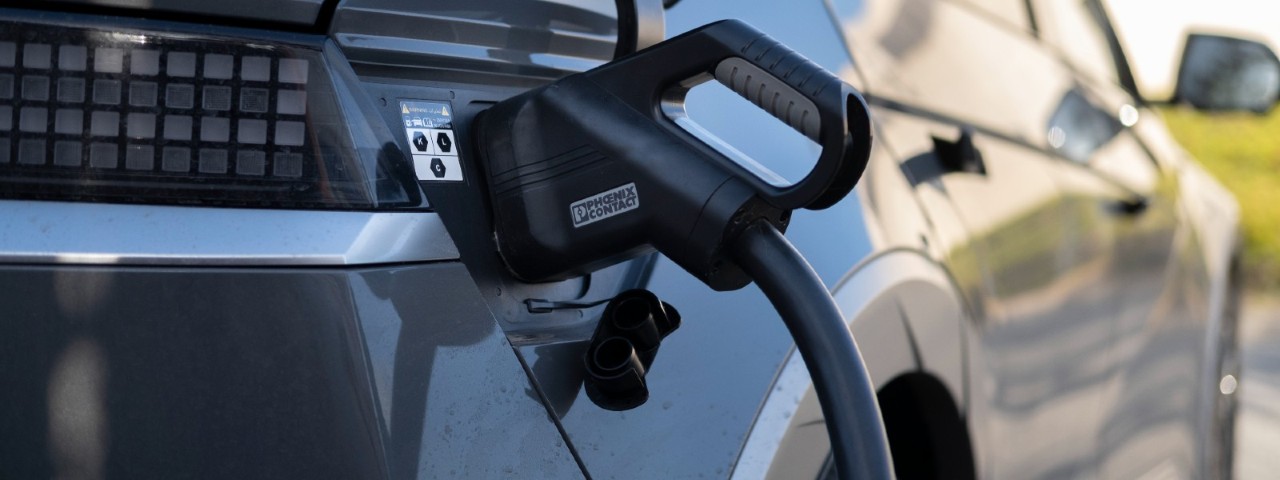
While it's common knowledge that electric vehicles (EVs) run on battery power instead of petrol or diesel, the intricacies of these batteries remain a mystery to many. Learn about battery types, capacity, charge levels, safety and more in this guide.
More than 350,000 people are driving EVs in Australia today, with battery-electric vehicles (BEVs) and plug-in hybrid electric vehicles (PHEVs) accounting for nearly 12 per cent of all new car sales from 1 January to 31 August 2025, according to the Electric Vehicle Council and Federal Chamber of Automotive Industries. Along with the growing range of models to choose from, the reasons for EV adoption include the impressive technology, and potential for lower running costs and reduced maintenance requirements.
But many Australian drivers still have questions about EV batteries, including their types, lifespan, and how they work. You'll find the answers to those questions in this comprehensive EV battery guide.
Want to learn more about your EV?
- Does your electric vehicle match its driving range claim?
- Car servicing costs and differences: EV vs petrol vs diesel
- Guide to bidirectional charging in Australia: V2G, V2H & V2L
- The best tyres for electric cars (and what makes EV tyres different)
- Guide to electric vehicle charging, plug types and cables
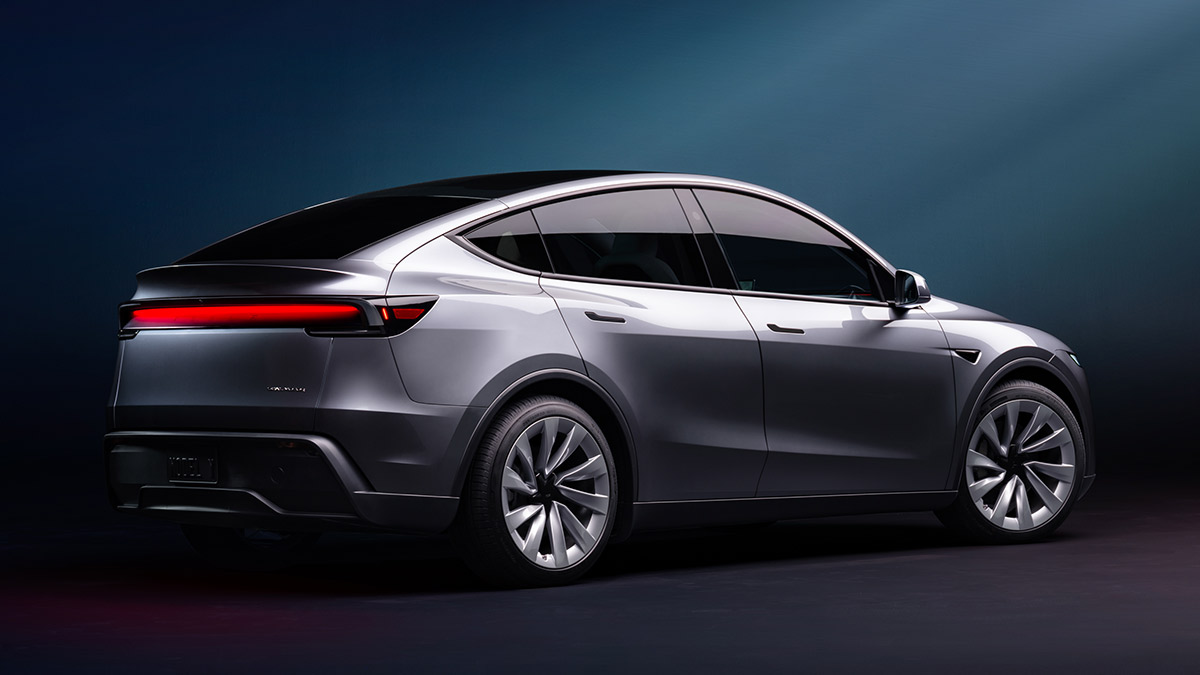
The Telsa Model Y is currently the most popular EV in Australia
Your EV battery questions answered
What type of batteries do EVs use?
Instead of a single battery under the bonnet, EVs rely on two systems: a small 12-volt battery that powers basic electronics, and a large, high-voltage lithium-ion battery pack that runs the electric motor. The health of both systems is crucial for reliable EV operation.
EV batteries have come a long way from the lead-acid batteries they originally used. Modern EVs feature many single cells stacked together to form one large battery that's often placed beneath the floor of the vehicle's chassis in a 'skateboard' configuration.
Lithium-ion
Most modern EVs use a lithium-ion (Li-ion) battery. They're similar to batteries in your smartphone or laptop, but much larger.
Lithium-ion batteries recharge quickly, maintain power for long periods of time, provide consistent voltage and are robust against moderate temperature changes. That said, they are costly to produce. Extreme temperatures can affect their charging and discharging, and leaving lithium-ion batteries fully charged or discharged for long periods of time can be detrimental to their lifespan.
Nickel-metal hydride
Many plug-in hybrid vehicles (PHEVs) use a nickel-metal hydride (NiMH) battery.
NiMH batteries are long-lived, durable and compact. That said, they have a much smaller capacity (driving range) than lithium-ion batteries. PHEVs don't need a large battery capacity, because the internal combustion engine (ICE) is used on longer journeys. They do, however, need a good lifespan, since hybrid vehicles cycle the battery from full to empty (and back again) every few miles.
Solid-state
Solid-state batteries are an emerging technology that some automakers are investing in.
These EV batteries could deliver more range in a more compact package with less cooling requirements. They use a solid electrolyte instead of the liquid or polymer gel electrolyte found in lithium-ion batteries. For now, however, large-scale battery production favours lithium-ion batteries.
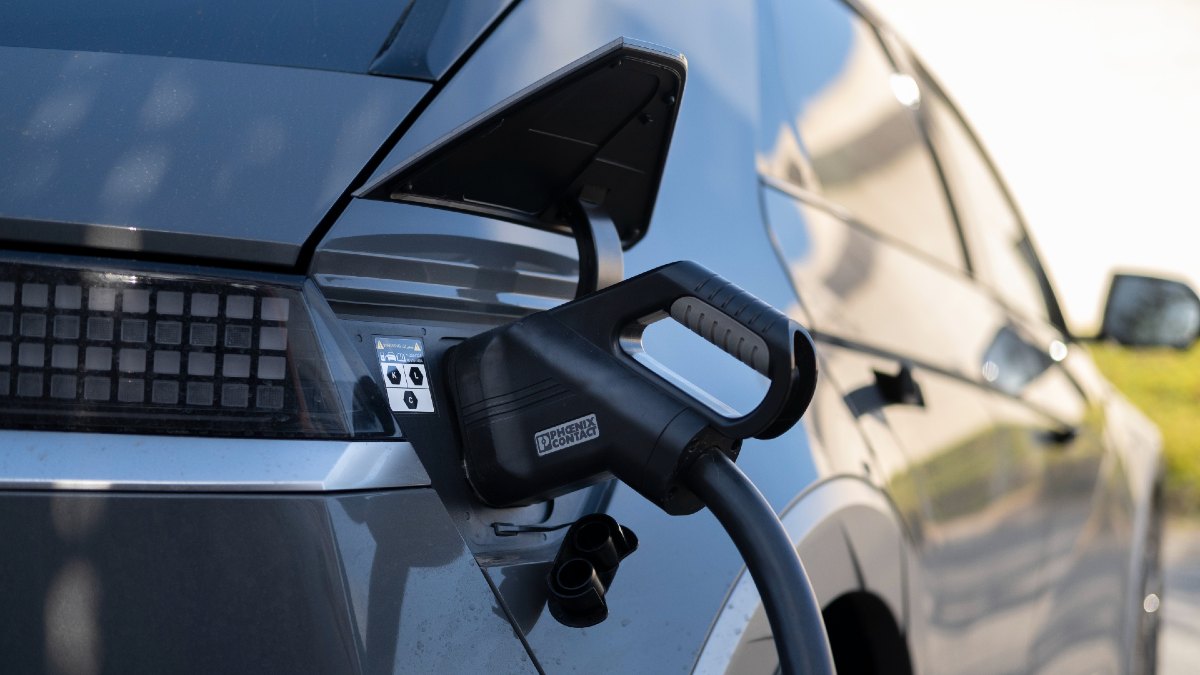
Most pure EVs use a lithium-ion battery. Image: Shannon Morris
How do EV batteries work?
In ICE vehicles, petrol or diesel is burnt to power the car. EVs are instead powered with the electricity produced from its battery.
A lithium-ion EV battery is made up of thousands of small cells grouped into modules. It charges energy by moving lithium ions (electrons) between two electrodes, creating chemical changes. When you drive, the battery discharges by moving the electrons in the opposite direction, producing an electric current that powers the motor. The process is controlled by a Battery Management System (BMS), which monitors temperature, voltage and charge levels to optimise efficiency and lifespan.
This battery needs to be charged from an external power source, like a mobile phone or laptop.
What is the lifespan of an EV battery?
An EV battery's minimum life expectancy is the number of years listed on the manufacturer's warranty. High-voltage lithium-ion packs are designed to last, on average, eight to 15 years. Many manufacturers provide warranties for at least eight years or 160,000 kilometres.
However, the smaller 12-volt battery found in hybrids and EVs still has a typical lifespan of just three to five years. This is often overlooked by owners who assume their EV doesn't need the same level of attention as a petrol car.
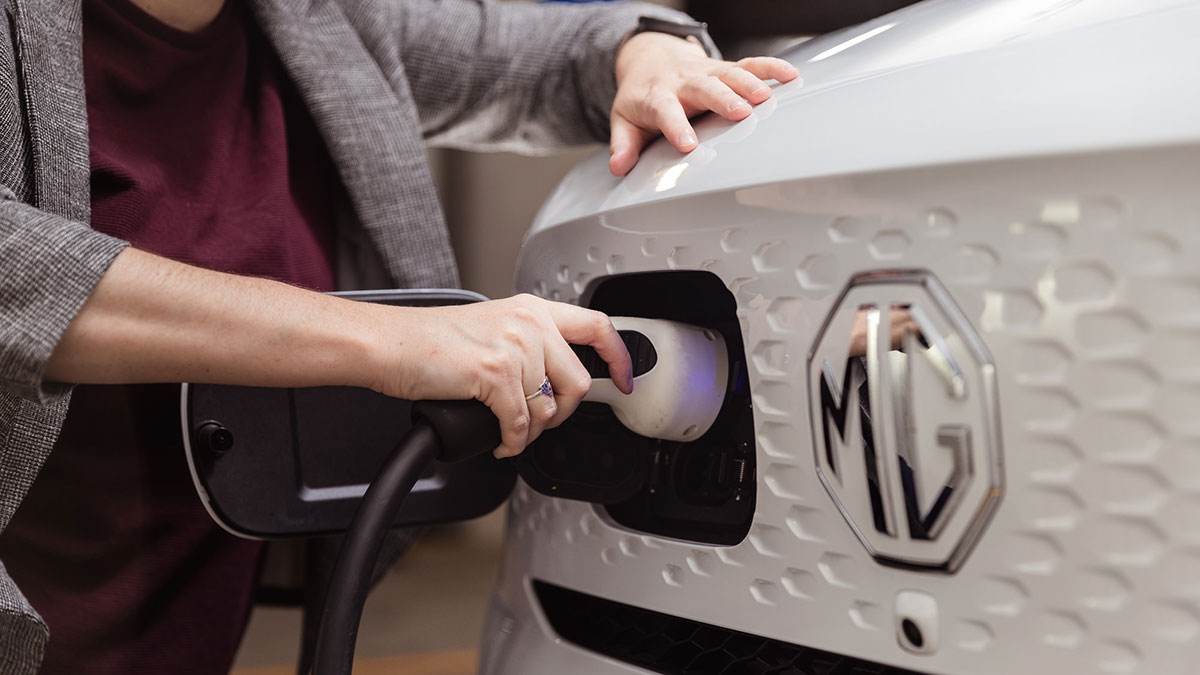
Battery Electric Vehicles (BEVs) need to be charged from an external source. Image: Ben Weinstein
Are EV batteries safe?
EV manufacturers subject batteries to rigorous testing before public release, including crash testing and puncture tests.
The most important thing to keep safe is to remember is that qualified professionals should be the only people who work on EV batteries, as there is a danger of electrocution from high-powered electrical systems when professional procedures are not followed.
What does an EV battery’s capacity mean?
An EV battery’s capacity tells you how much energy the battery can store. Just like a fuel tank in an ICE vehicle, the bigger the capacity, the larger your possible driving range (and the steeper the price).
EV battery capacity is expressed in kilowatt-hours (kWh). EV battery capacities usually range from 20kWh to 100kWh. A 100kWh battery, for example, could supply a maximum of 100kW of power in an hour. But EVs will rarely use their full battery capacity. Instead, EVs throttle their power to last several hours and hundreds of kilometres before needing a recharge.
The actual driving range of an EV can be affected by your driving behaviour. High speeds, fast acceleration, heavy cargo will use up more energy more quickly. Conversely, regenerative braking recovers energy to improve your EV’s range.
More: Does your electric vehicle match its driving range claim?
How do you charge an EV battery?
Charging an EV at home or on the road is simple: all you need to do is plug your EV into a designated EV charging station. The higher the charging station’s kilowatt (kW) rating, the faster they'll charge your EV.
At home, dedicated EV charging stations can charge up your EV in a few hours and be set up to use excess solar energy. On the road, there is a rapidly growing network of public charging stations across Australia.
How do I check my EV battery's charge level?
Most EVs display battery health and charge level on the dashboard or via a connected app.
It's still worth getting the auxiliary 12-volt battery checked during servicing. Mechanics and roadside assistance technicians can perform a load test to assess this battery's condition.
What happens if my EV battery runs out of charge?
For some electric models, entirely discharging your EV battery (deep discharging) may be harmful for the battery, causing it to deteriorate quicker and reduce its future ability to hold charge. Thankfully, it's unlikely that you will drive until your EV battery is entirely run out of charge - just like most drivers don't drive their petrol or diesel car until it’s completely empty of fuel.
With the average Australian motorist driving an average of just 35 kilometres per day, EVs on sale in Australia typically have enough battery capacity for days of driving before requiring recharging.
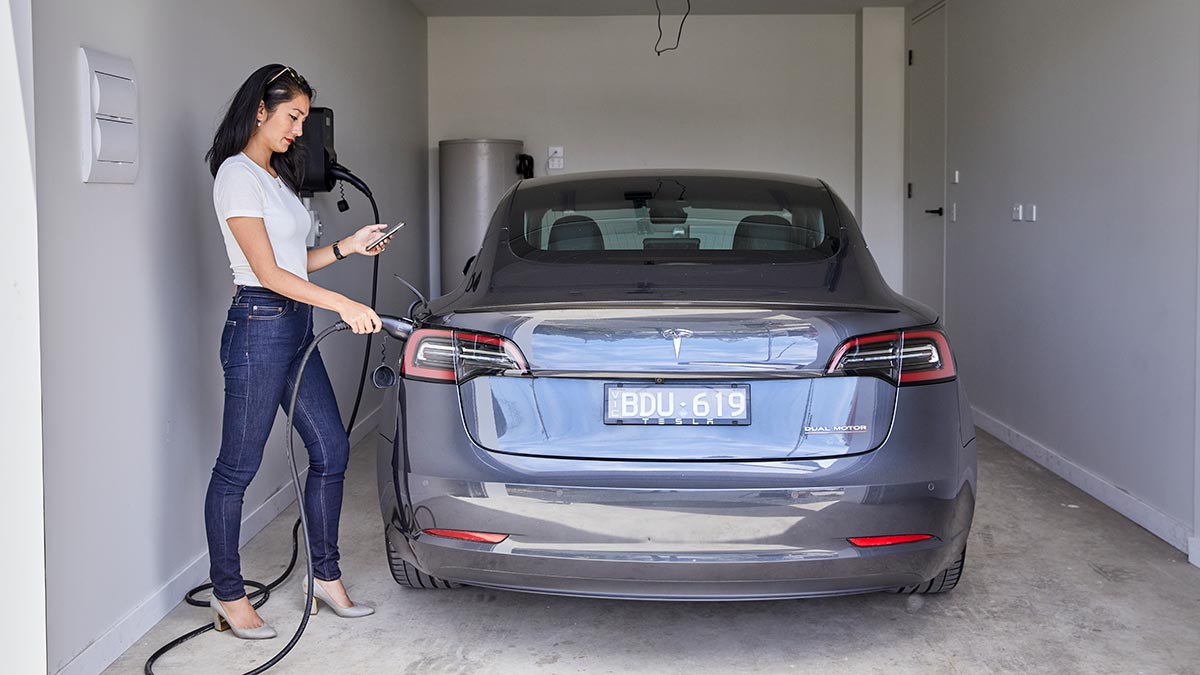
Charging an EV is relatively simple. Image: Matt Harvey
What happens if my EV battery dies?
A failing EV battery could mean reduced range, expensive repairs or the need for warranty support.
In the unlikely event that your EV battery reaches the end of its lifespan, where its remaining capacity isn't sufficient, you may need to replace the battery. While EVs are generally cheaper to maintain than ICE vehicles since they have fewer moving parts to service, EV batteries can be expensive to replace.
Signs your EV battery might be failing
In EVs, signs of battery trouble can include:
- a significant loss of driving range
- slower acceleration or reduced performance
- warning messages or error codes
- excessive time required to recharge.
If you notice any of these signs, it's time to have your battery tested by a professional.
How to replace an EV car battery
Replacing the main battery in an EV is a major job and can cost thousands of dollars. Fortunately, this is rare and usually covered under warranty. Rely on your dealership or authorised service centres to replace an EV battery.
Replacing the auxiliary 12-volt battery is simpler and costs about the same as in traditional cars. Roadside assistance services like RACV Emergency Roadside Assistance may be able to replace it for you. Check your manufacturer's requirements to ensure you purchase the correct battery.
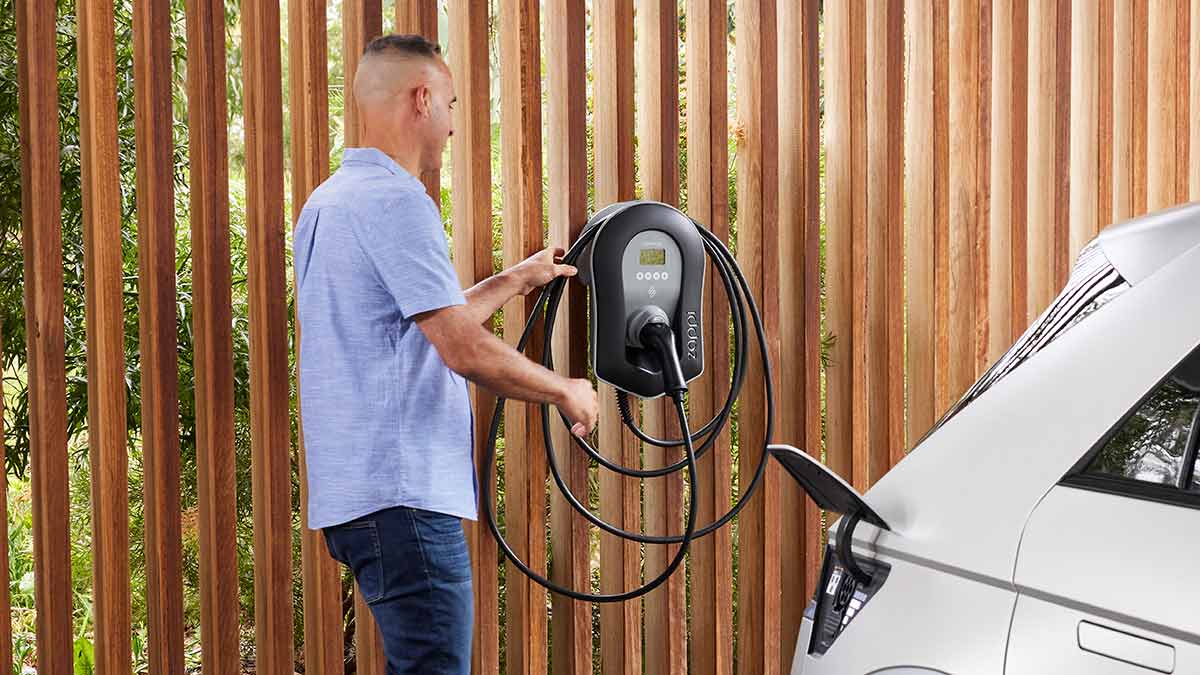
Aim to keep your EV battery charged between 20 and 80 per cent. Image: Matt Harvey
How do I take care of my EV battery?
To preserve your EV battery life, always install software updates to benefit from battery management improvements. In addition, avoid keeping your car at 100 or zero per cent charge for extended periods. 20 to 80 per cent is best for daily use. This keeps the battery at an optimal resting state of charge. Some new EV batteries do not require this charging behaviour, however.
Otherwise, drive your car regularly to maintain its overall health, undertake maintenance in line with OEM recommendations, and minimise the vehicle's exposure to very high or low temperatures by parking in shade or a garage. Allow EVs extra charging time in cold weather: lithium-ion batteries take longer to top up in the cold. Driving smoothly can also reduce strain on the battery.
Can EV batteries be recycled?
It is possible for both hybrid and pure EV batteries to be recycled.
Lithium-ion batteries can be repurposed for powering homes or commercial buildings, since they retain a large amount of their original capacity. After the end of their working life, many materials in lithium-ion batteries can also be recycled, such as nickel, copper, plastic and lithium.
Several car manufacturers are also working on recycling EV battery components to create new batteries..
R.A.C.V. Finance Limited ABN 82 004 292 291 Australian Credit Licence No. 391488. RACV Finance is subject to RACV lending criteria. Conditions, fees and charges apply.


